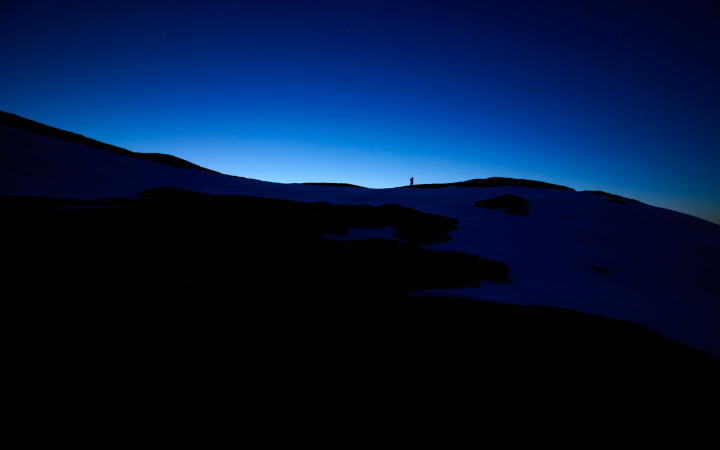Today’s Wonder of the Day was inspired by The Wonder Team. The Wonder Team Wonders, “What are earthquake lights?” Thanks for WONDERing with us, The Wonder Team!
Imagine you’re enjoying a cool spring evening in a local park. Your family is sitting on a blanket, finishing the dinner you brought as a picnic. The sun has just set on a beautiful day. Suddenly, you notice blue orbs of light in the distance. You watch, confused, as they hover near the horizon. That’s when you feel the ground start to shake. It’s an earthquake!
The quake is over quickly. Your family members are unharmed. Everyone gathers up the leftovers and picnic blanket to head home. But you’re still WONDERing—what were those orbs of light? Where did they come from? Were they connected to the earthquake?
You just experienced a phenomenon called earthquake lights. People have reported these sightings for thousands of years—since at least 89 B.C.E. For many years, though, scientists were skeptical. After all, think about it—mysterious lights in the sky? It sounds more like something from science fiction than from reality.
In the age of technology, though, earthquake lights are harder to deny. They were caught on camera for the first time in 1965 during an earthquake in Japan. Since then, other footage has continued to roll in. They were recorded just before a 2008 quake in China. Similar sightings came from Italy in 2009 and New Zealand in 2016.
What do these lights look like? Their appearance varies. Sometimes, they’re floating orbs, like those described earlier. Other times, they appear as green cloud-like streaks. Sometimes, the light even seems to move across the sky like lightning. A few witnesses even said the lights came up from the ground.
How would you explain earthquake lights? Could they be extra electricity? Are they a reflection? Might they be the Earth’s warning that an earthquake is about to happen? Experts have worked hard to learn about earthquake lights, and they may have an explanation.
Experts say that before an earthquake, the tension in the ground may break apart groups of negatively charged oxygen atoms. When this happens, those atoms rush to the surface. There, they form clusters that create a charged gas that sends off light.
This may explain where the light comes from, but what determines the shape it takes? Experts aren’t quite sure. They’re still learning about this topic. New information could be available in the future.
Additionally, the lights don’t appear with every earthquake. In fact, they’re quite rare. You may have learned that most earthquakes happen near fault lines, where two tectonic plates come together. That’s true—but some earthquakes occur within a tectonic plate near a continental rift. Scientists found that 85 percent of earthquake lights were reported during earthquakes in these zones.
How about the other 15 percent? They were during quakes in which two tectonic plates slid past each other, rather than on top of or underneath each other. Experts believe this is important but aren’t sure exactly what it means yet, either.
What do you think? Why might earthquake lights sometimes look like orbs? What causes others to take the shape of lightning? Why do they happen during some quakes and not others? Investigate further—maybe you’ll be the one to find the answers!
Standards: ESS2.B, CCRA.R.4, CCRA.L3, CCRA.L.6, CCRA.R.1, CCRA.R.2, CCRA.SL.1, CCRA.SL.2, CCRA.W.2, CCRA.W.3, CCRA.L.1, CCRA.L.2




